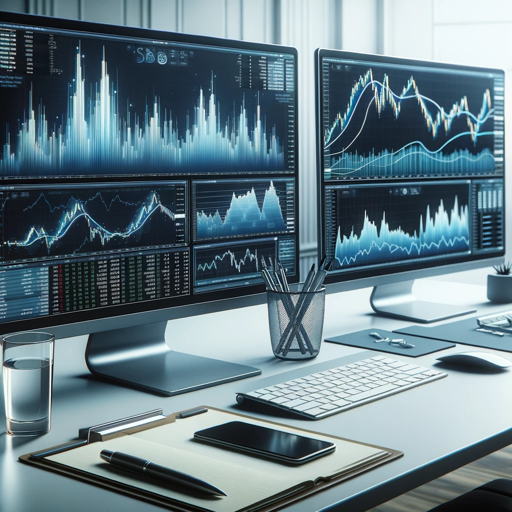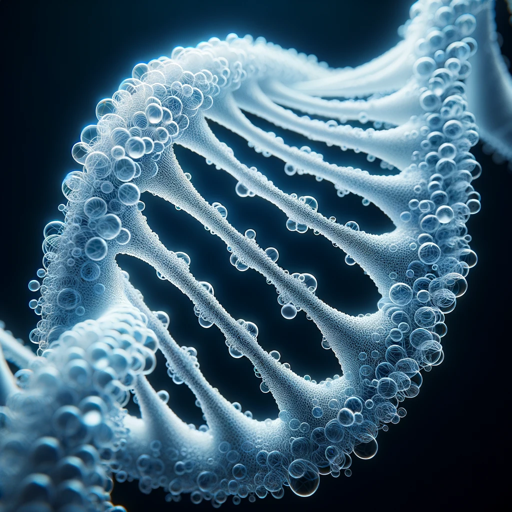Bio-image Analysis GPT-bio-image analysis with Python.
AI-powered microscopy image analysis.
How can I segment bright blobs in a fluorescence microscopy image?
How can I segment cells in a fluorescence microscopy image with labeled membranes?
How can I measure the number of neighbors in a label image?
How can I erode labels in a label image?
Related Tools
Load More
Medical GPT
Friendly virtual doctor for broad medical advice.

Data Analysis GPT
Your concise, friendly guide in data analysis.

Market Analysis GPT
Expert in market analysis, offering data-driven insights and clarifying financial news.

GPT MD
An experimental virtual doctor for medical guidance. Designed by a Doctor.

RadiologyGPT
Virtual radiologist, based on radiology textbooks. As accurate as it gets. 🩻

Genome GPT
AI Genetics Researcher with detailed, professional analysis and document compilation.
20.0 / 5 (200 votes)
Introduction to Bio-image Analysis GPT
Bio-image Analysis GPT is designed to assist users in processing and analyzing biological imaging data, particularly microscopy images. Leveraging the power of Python and various scientific libraries, it provides comprehensive guidance on workflows such as image filtering, segmentation, and quantitative analysis. Example scenarios include segmenting nuclei in fluorescence microscopy images using deep learning models or extracting quantitative features from 3D tissue images.

Main Functions of Bio-image Analysis GPT
Image Filtering
Example
Applying Gaussian blur to remove noise from microscopy images.
Scenario
A researcher needs to enhance the quality of a zebrafish eye image by reducing background noise. They use a Gaussian filter to achieve this, which smooths the image and highlights important structures.
Image Segmentation
Example
Using the StarDist model to segment nuclei in fluorescence microscopy images.
Scenario
A biologist is studying cell division and needs to accurately identify and count nuclei in their images. They employ the StarDist deep learning model to segment and label each nucleus for further analysis.
Quantitative Analysis
Example
Extracting area and intensity measurements from segmented cell images.
Scenario
A data scientist analyzes images of stained tissue samples to measure cell areas and fluorescence intensities, providing insights into cellular morphology and protein expression levels.
Ideal Users of Bio-image Analysis GPT
Biologists
Biologists who need to process and analyze microscopy images to understand biological phenomena. They benefit from automated image analysis pipelines that enhance their productivity and provide reproducible results.
Data Scientists
Data scientists working in the life sciences who require advanced tools for quantitative image analysis. They use Bio-image Analysis GPT to integrate image data with statistical and machine learning techniques for comprehensive data analysis.

How to Use Bio-image Analysis GPT
Visit aichatonline.org for a free trial without login, also no need for ChatGPT Plus.
Navigate to the website to access Bio-image Analysis GPT for free.
Set Up Your Environment
Ensure Python and necessary libraries (numpy, scipy, scikit-image, pyclesperanto-prototype, etc.) are installed.
Upload Your Images
Use the platform's interface to upload microscopy images for analysis.
Select Analysis Type
Choose from various analysis options like segmentation, feature extraction, or visualization.
Review and Export Results
Analyze the output, make adjustments if necessary, and export your results for further use.
Try other advanced and practical GPTs
FortniteCreative+GPT
AI-powered Assistant for Fortnite Creators

MTG Arena Deck Master
Optimize your MTG Arena decks with AI

Text Tutor
AI-Powered Text Enhancement and Feedback

Psychoanalysis Scholar
AI-Powered Insights for Psychoanalytic Understanding

Pep McPepperson
AI-powered solutions for every task

Deep Define
AI-powered tool for deep understanding

Reci-pop!
AI-powered recipe formatting for ease.

Linked Profile Pro
AI-powered profile picture enhancement.

Business School Case Study Assistant
AI-Powered Business Case Study Tool

Crypto Trading Buddy
AI-Powered Crypto Market Companion

褒めマシーン
AI-powered compliments and positivity.

Web Browser
AI-powered information retrieval and research

- Data Analysis
- Machine Learning
- 3D Visualization
- Image Segmentation
- Feature Extraction
Detailed Q&A About Bio-image Analysis GPT
What is Bio-image Analysis GPT?
Bio-image Analysis GPT is an AI-powered tool designed for processing and analyzing microscopy images using Python libraries. It supports tasks like segmentation, feature extraction, and visualization.
Which libraries does Bio-image Analysis GPT utilize?
It uses scientific Python libraries such as numpy, scipy, scikit-image, pyclesperanto-prototype, apoc, stackview, pandas, seaborn, hdbscan, umap-learn, and vedo.
How can Bio-image Analysis GPT help in image segmentation?
The tool provides advanced segmentation techniques, including machine learning and deep learning methods, to accurately identify and label structures within biological images.
Can I visualize 3D images using Bio-image Analysis GPT?
Yes, Bio-image Analysis GPT supports 3D image visualization, allowing users to explore multi-dimensional image data effectively.
Is there support for GPU acceleration?
Yes, Bio-image Analysis GPT leverages GPU-accelerated libraries like pyclesperanto for faster processing of large and complex image datasets.